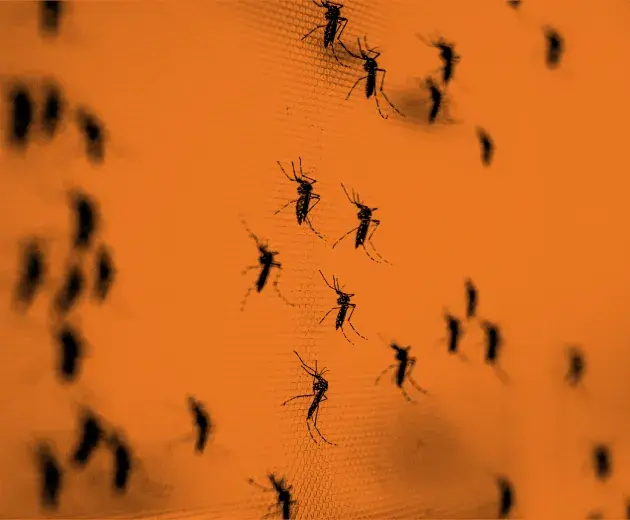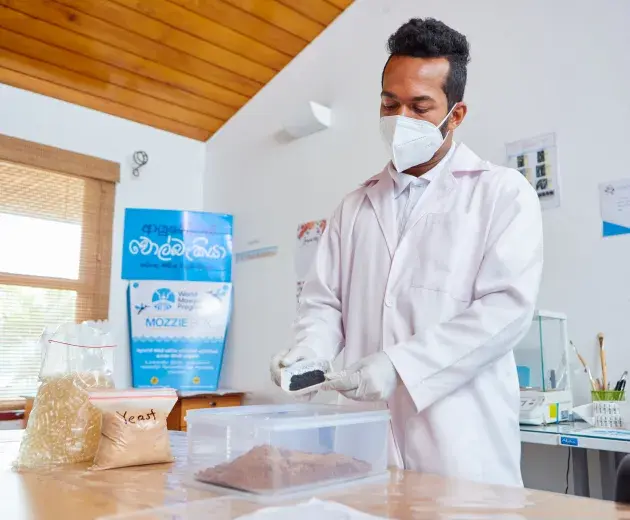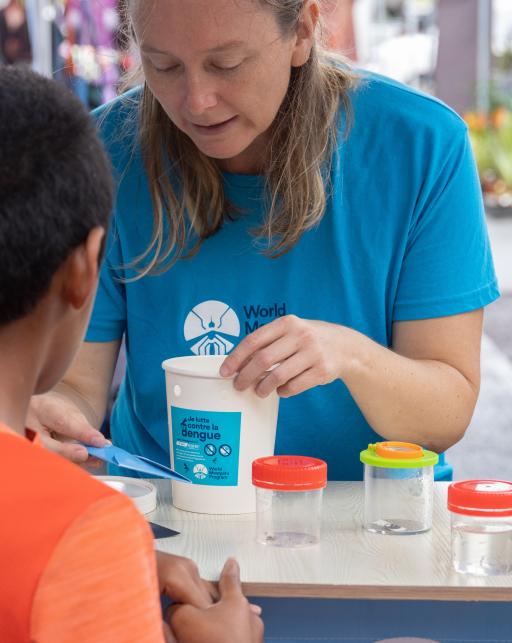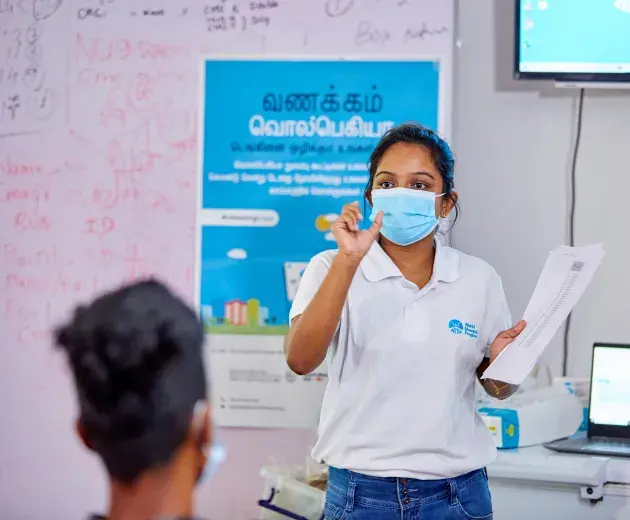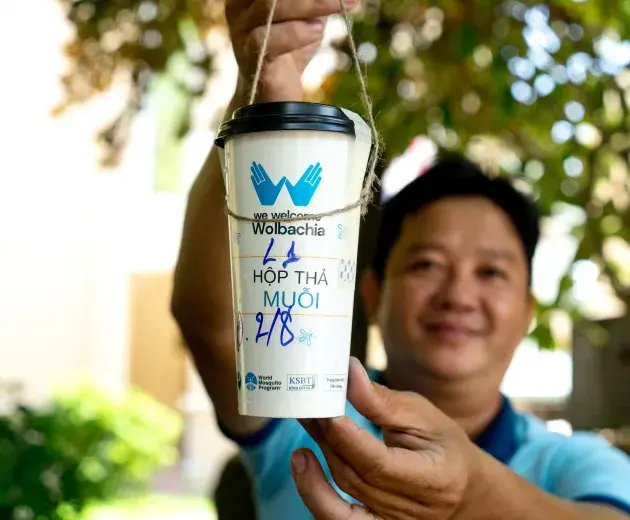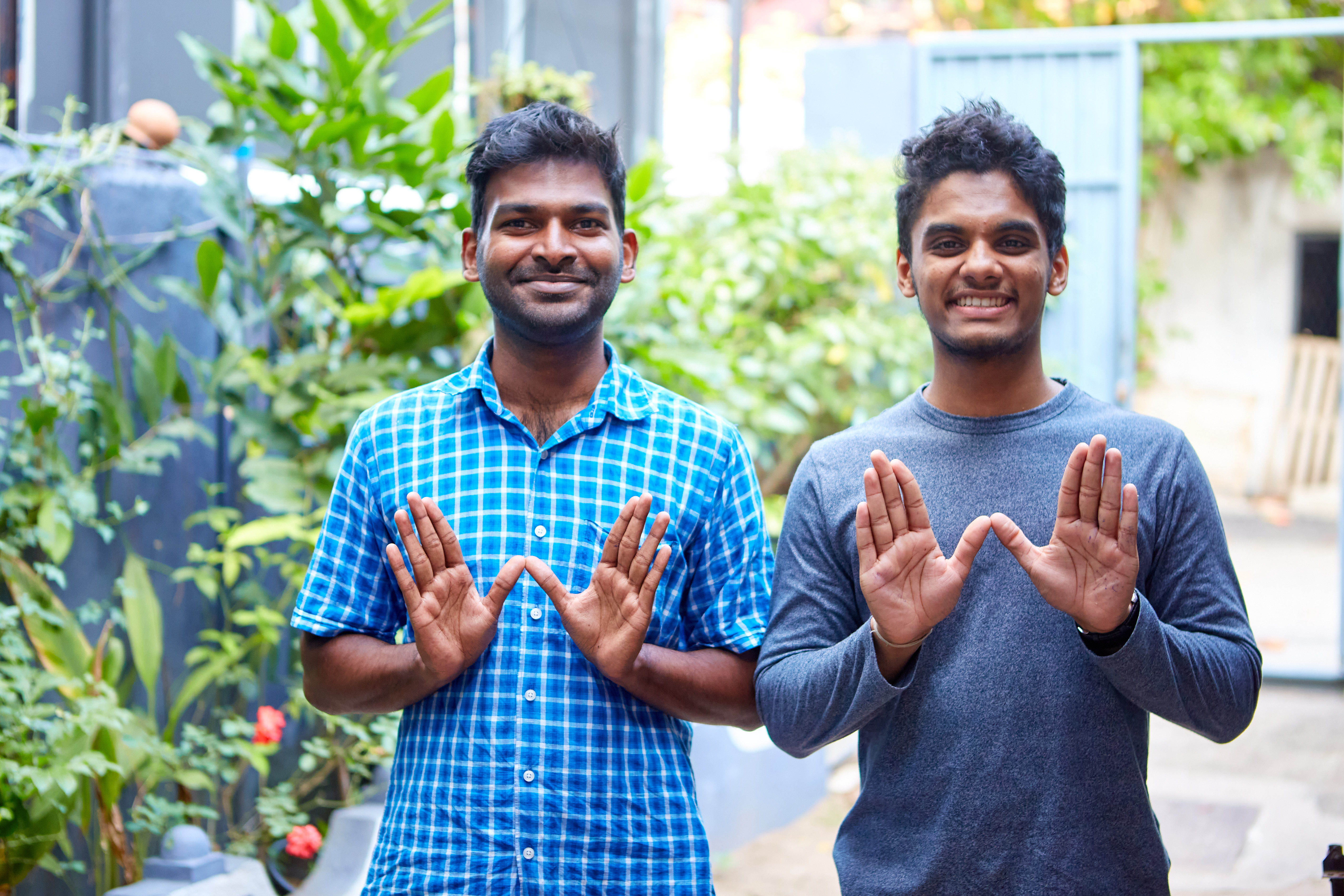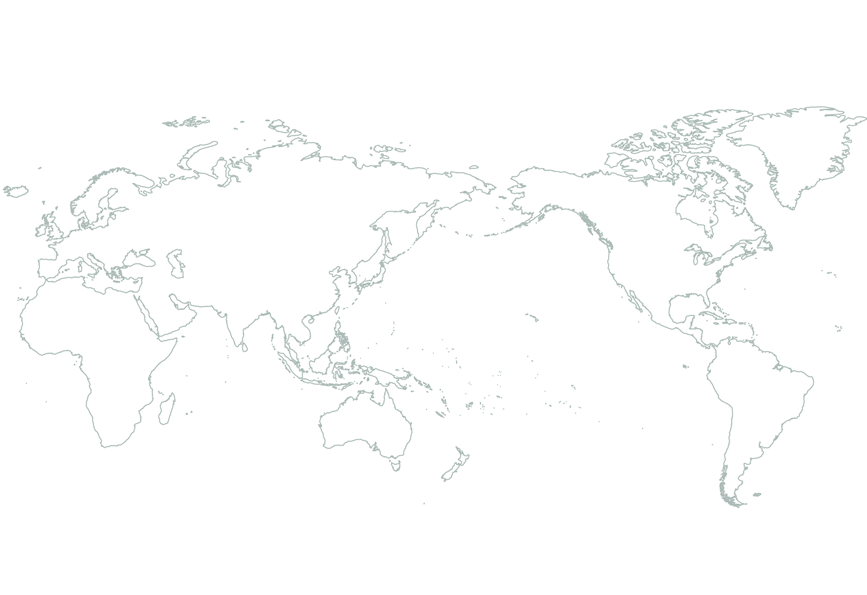
Aedes aegypti mosquitoes originated in Africa, but they have spread through tropical and subtropical regions around the world.
Aedes aegypti mosquitoes first spread outside Africa during the slave trade between the 15th and 19th centuries. They also spread through trade with Asia during the 18th and 19th centuries, and then again following troop movements in World War II.
Factsheet



How we release Wolbachia mosquitoes
Together with communities around the world, we’ve released Wolbachia mosquitoes into many towns and cities.
We started our first trials in Australia and, once we proved the method could work, started doing small trials around the world.
We always work with the approval of communities that are affected by mosquito-borne diseases.
We work closely with local governments, health authorities and community groups before we release any mosquitoes.
We spread the word about our Wolbachia method through local events, TV, radio, newspapers, social media and word of mouth.
Then we survey the community to make sure there’s support for the project to go ahead.

How do we know it works?
We monitor both the Wolbachia mosquito population and incidence of diseases before, during and after releasing Wolbachia mosquitoes.
We have strong evidence showing the effectiveness and safety of our Wolbachia method.
We have set up projects in 14 countries and our Wolbachia mosquitoes have protected almost 11 million people (December 2022).
In areas where Wolbachia is self-sustaining at a high level, dengue transmission has been significantly reduced.


